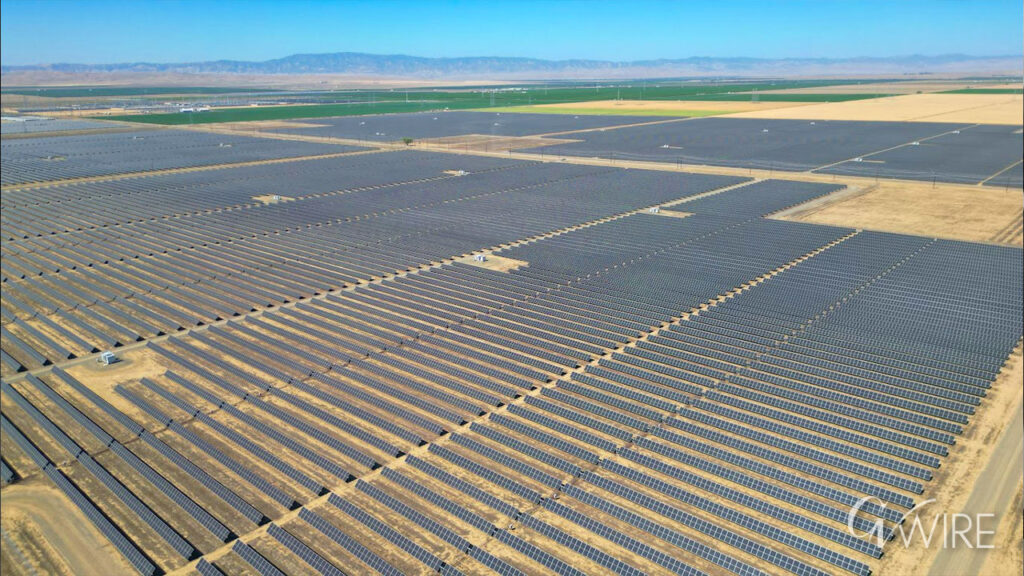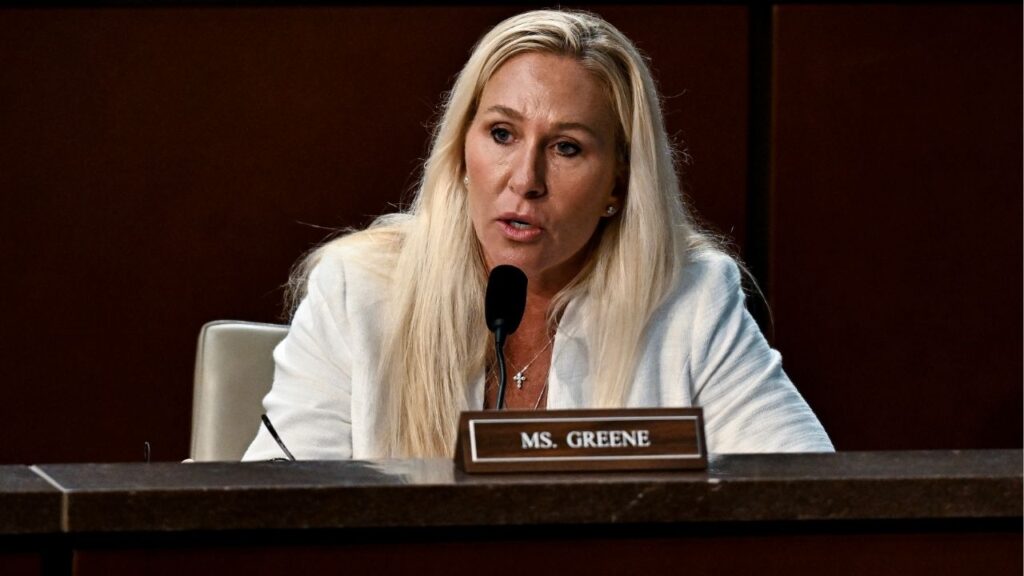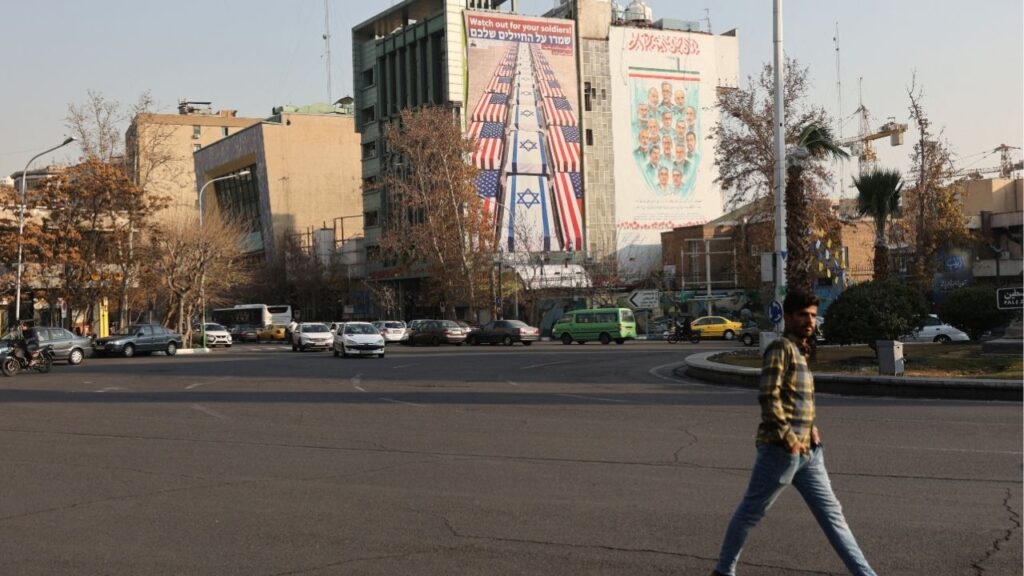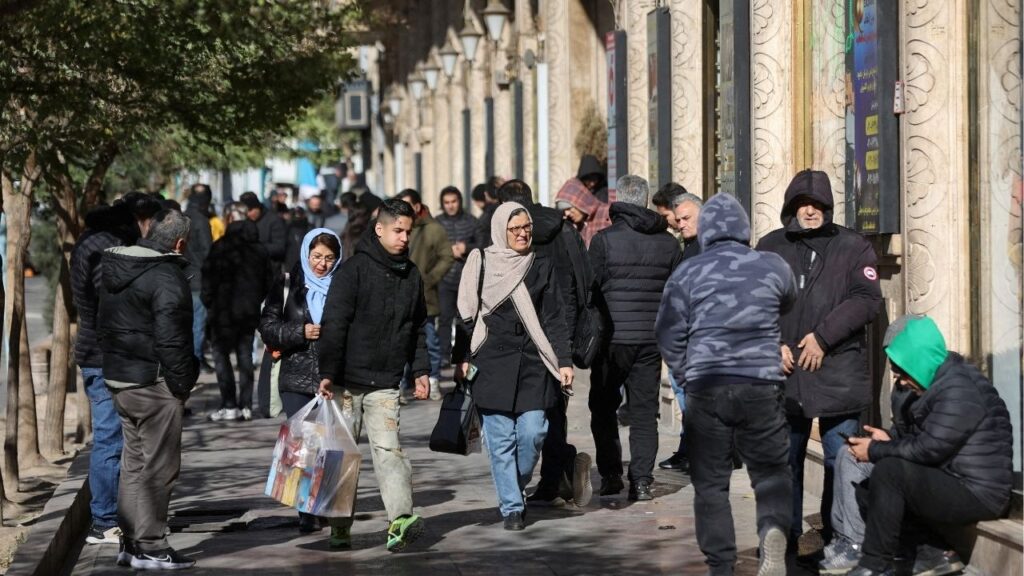Share
With training camp in full swing, quarterback Marcus Mariota, the first Samoan Heisman Trophy winner, will be the signal caller for the NFL’s Tennessee Titans. Alabama Crimson Tide quarterback Tua Tagovailoa, a pre-season favorite to become the second Samoan Heisman winner, is entering his junior year. His younger brother, Taulia, also a quarterback, has joined him at Alabama. One day, Taulia could very well square off against another Samoan, D.J. Uiagalelei, a top-ranked high school quarterback who committed to Clemson in May.

Opinion
Rob Ruck
Samoans have become the most overrepresented group, per capita, in the NFL. About 180,000 people of Samoans descent live stateside, while another 55,000 live in American Samoa, a U.S. territory. Over the past few seasons, roughly 50 players of Samoan descent have been on NFL rosters – about 3% of the league, and nearly 40 times their proportional share of the U.S. population. The 200-plus Samoans playing Division I collegiate football are similarly overrepresented.
I’ve traveled to American Samoa five times – most recently in October 2018 – to learn more about what fosters this culture of football excellence. Along the way, it’s become clear that the Samoans pay a price for playing America’s game in a style that they call “the Samoan way.”
Football’s Existential Crisis
Football in the U.S. is at a crossroads. Concern over concussions has caused the percentage of Americans playing Pop Warner and high school football to decline at a steady clip over the past decade. But football, along with rugby, another contact sport, continue to be the most popular among young Samoans in the U.S. and American Samoa.
One reason could be social class, which has become a key indicator of who plays youth football. Samoans lag behind most groups in terms of health, income and education. In Samoan communities, sports are seen as a pathway to a college education and, if players are lucky or talented enough, NFL riches.
Samoans, as a people, tend to be heftier – they suffer from some of the highest obesity rates in the world – making them a natural fit for a sport where size matters. Some credit taro, a starchy root that’s a staple in Polynesian diets, dubbing it “the Samoan steroid.” Others have wondered whether Samoans are genetically predisposed to developing the sort of bulky frame that’s ideal for linemen and linebackers.
Brown University anthropologist and epidemiologist Stephen McGarvey, who studies obesity in the South Pacific, told me that Samoans may be more genetically susceptible to developing more muscle mass, lean tissue and bone mass.
But he can’t say whether that explains their success on the football field. To him, genes matter much less than American Samoa’s unique culture and history.
‘In the Way of Samoa’
Since Samoans first arrived in their South Pacific archipelago 3,000 years ago, they’ve lived according to “fa’a Samoa” – “in the way of Samoa.”
“Fa’a Samoa” revolves around mutual obligations and respect for elders, including preachers, teachers – and, these days, coaches. Inculcating youth with a sense of discipline and responsibility, it prioritizes the collective over the individual. For these reasons, success on the playing field is seen as a reflection of family, village and island.
During World War II, Pago Pago Harbor, located in the middle of American Samoa, became a staging ground for Allied troops in the Pacific theater. Samoans became fierce American patriots. The closing of the naval base in 1951 spurred a migration of about one-fifth of the population to Hawaii and the mainland U.S. They brought “fa’a Samoa” with them, even as they tried to adapt to American culture. Their sons and grandsons took to football. Some, like Jesse Sapolu, Junior Seau and Troy Polamalu, would go on to become college and NFL stars.

On the Ground in Tutuila
In October 2018, I returned to Tutuila, American Samoa’s biggest island, to watch the territory’s five football teams compete for the island championship and spend time with the Faga’itua High School football team on the eastern end of Tutuila. Most of American Samoans live on Tutuila; a few thousand reside on the three small islands making up Manu’a, 68 miles away.
The Faga’itua Vikings have won more titles than any other team, even though it’s one of the smaller schools and doesn’t even have its own field. The squad practices at Onesosopo Park, a half-hour drive from the school, on a furrowed field filled with puddles and toads.
During one of my earlier trips to the island, I spoke with one of the team’s defensive backs, Lafaele Simanu. “We still live in our culture out here,” he explained. “We live in our Samoan ways. We’re not allowed to go out at night that long.”
People live in small villages on collectively owned land, and players perform chores on the hillside plantations in the morning and after practice.
“Football,” he added softly, is also “in our culture.”
I saw it in the “siva tau” war dances they perform before games – both a ceremonial gesture and one designed to intimidate opponents. The emphasis on the warrior spirit – and overcoming fears – is part of what makes them excel at football.
Faga’itua’s players aren’t the biggest on the island, but they train relentlessly under head coach Su’aese “Pooch” Ta’ase, the best and most successful coach in island history. Pooch’s Vikings ended up losing to Tafuna last season; but he’s been preparing his squad for the upcoming campaign since January.
This summer, the Vikings travel to Honolulu to play Kamehameha, the school that Princess Bernice Pauhai Bishop endowed for native Hawaiians. They’ve been raising money for the trip through car washes, a Radio-A-Thon and crowdfunding. The Vikings and other teams in the territory lack the resources and facilities that U.S. teams take for granted.
Young Samoan football players seem to be especially exposed to football’s dangers. Another aspect of “fa’a Samoa” involves a refusal to shy away from competition and physical conflict. Boys play on fields where chunks of volcanic rocks rip into flesh; their outdated helmets would have been discarded for safety reasons years ago stateside; and they seem to seek far more contact than U.S. players. Teams don’t administer pre-season baseline concussion tests. Players seem oblivious to the risks. When I spoke to Faga’itua and Samoana’s teams, I asked how many had ever been concussed. Nobody raised a hand.
Polynesians might be the new face of football and the game might have become the story that Samoans proudly tell to the world. But as the dangers of the game become more well-known, there’s a bittersweet element to the narrative.
About the Author
Rob Ruck, Professor of History, University of Pittsburgh
This article is republished from The Conversation under a Creative Commons license. Read the original article.
[activecampaign form=31]
Categories

Gas Leak Prompts Avoid-the-Area Alert in Downtown Hanford

Rep. Fong on China, Energy: ‘Produce It Ourselves’
















